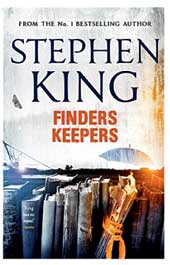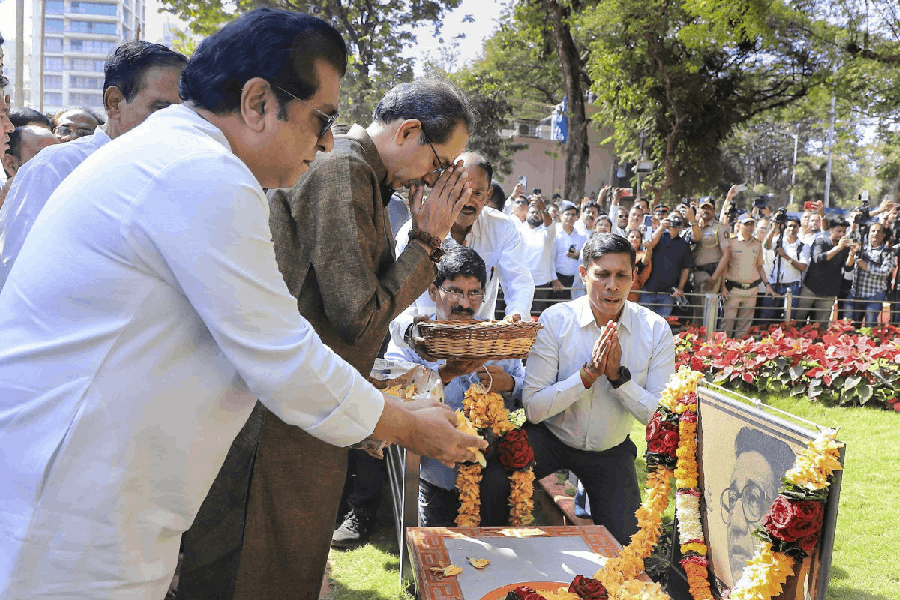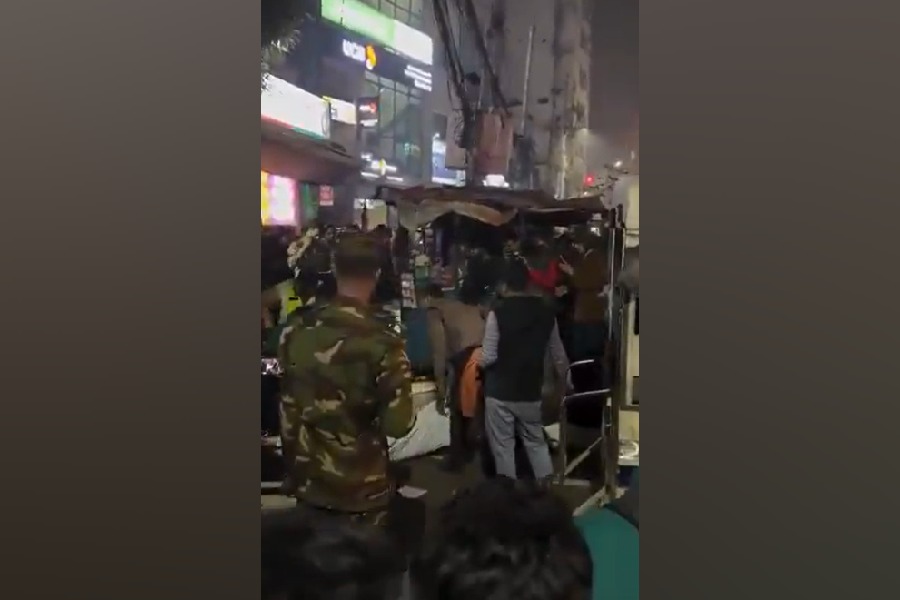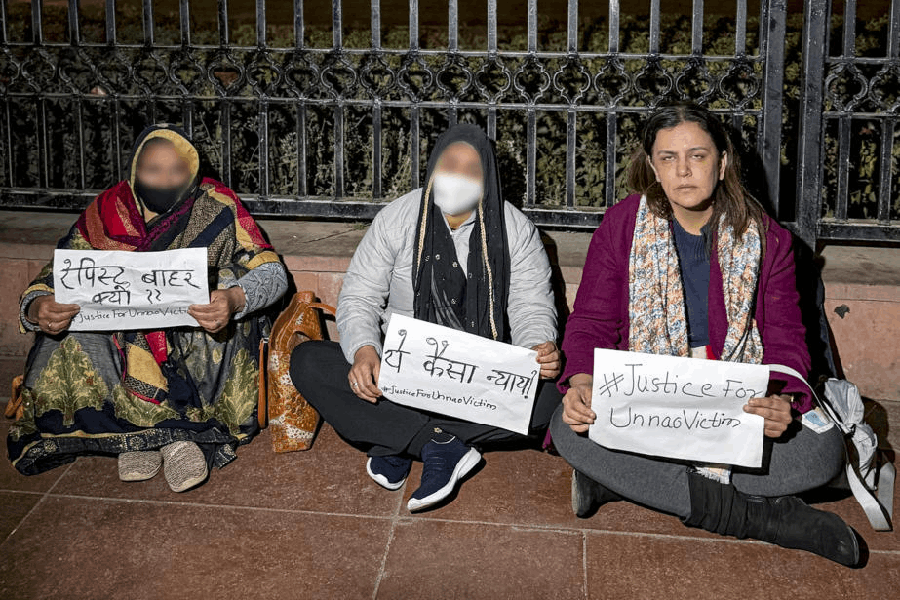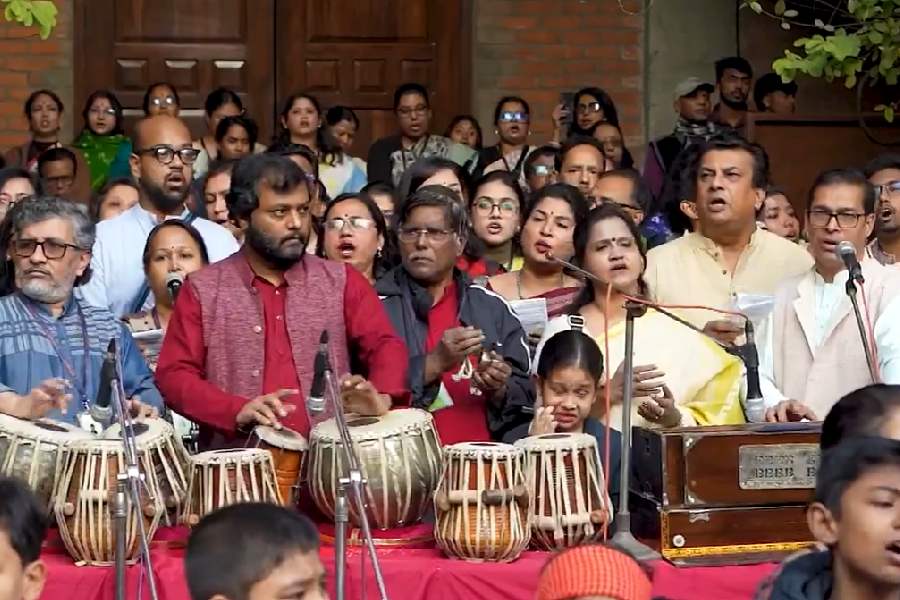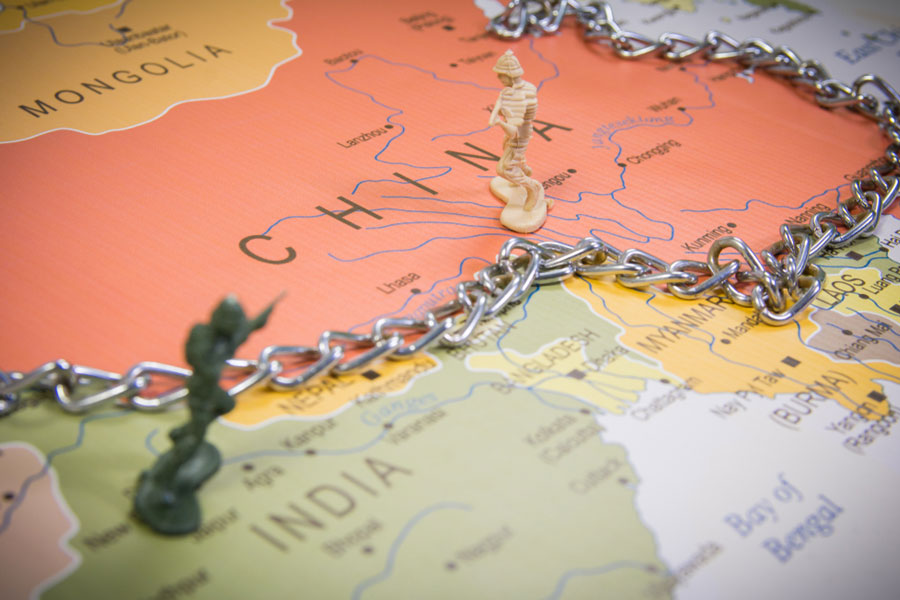 |
Once upon a time, a king who had seven sons asked the princes to choose their brides by shooting arrows; they would have to marry a girl from the house on which an arrow fell. All the princes got beautiful brides, except the youngest, who accidentally chose a monkey. But he refused to let her go, and loved her, and took care of her, as one would of a beloved pet, calling her “Shahzadi”, and married no one.
When the king wanted to meet all the princes at their palaces, the youngest despaired. But his monkey asked him to go ahead. And lo and behold, the palace was transformed into a place of magical beauty, a feast befitting the gods waited for the king. When it was time for the king to meet the monkey, in her place appeared a beautiful Peri, who had taken the form of a monkey to test the prince’s love. Thence began another trial. The prince burnt the monkey skin that his beloved had cast away to keep her with him forever and she disappeared, crying: “I burn, I burn, I am roasted, I am roasted.”
This story, which seems to have landed straight from the Arabian Nights, and is also a version of a Russian fairy tale in which Princess Vasilisa, the Wise and Clever, is disguised as a frog and marries Ivan, the Tsar’s youngest son, appears as part of Folk Tales of Hindustan attributed to Shaikh Chilli. First serialised in 1907 in Modern Review, a journal edited by Ramananda Chatterjee, then as a book in 1908 and later in 1913 with illustrations by U. Ray & Sons, these stories, collected and rewritten by Shrish Chandra Basu in English for Modern Review, now appear in a new edition published by Charchapada, Calcutta.
It is not known who Shaikh Chilli was. He is like Mullah Naseeruddin, Gopal Bhand and Birbal; a folk figure, the owner of a witty, lively and sometimes sharply ironic voice who may have existed, may not have; who may have been a Sufi saint and a teacher to the Mughal prince Dara Shikoh, or may not have. But the stories do.
They not only show yet again how stories travel, connecting many parts of the world and many centuries, but the existence of a culturally composite India, at least in imagination.
 |
Shaikh Chilli’s tales combine the backdrop and plots of the Arabian Nights with the social and moral atmosphere of Panchatantra, the Jatakas or Vetal Panchavimshati. In The Story of Raja Vikram and the Evil Yogi, Raja Vikramaditya travels to China, in disguise, intending to win over the wise daughter of the king, and sings to her, first raga Dipak, and on another occasion, ragini Bhairavi. If only Indo-China diplomacy was so easy now. In The Story of Prince Mahbub, the eponymous prince rescues his father’s severed head from an underwater world, where, as it drips blood that turns into rubies, it is guarded by 12 most beautiful Peris.
In The Story of the Seven Goldsmiths, a goat rakshasi has her brother, a nobleman-rakshas, bringing her a man every night, and as he sleeps, she sucks his blood. “Sister, art thou happy?” the nobleman asks. “Brother Rakshas, I am happy so long as you keep me so, my hunger is satisfied so long as you give me human blood.” Very vampire-like, but then Richard R. Burton had translated Vetal Panchavimshati as Vikram and the Vampire in 1870. A baital is a “vampire or evil spirit that animates dead bodies”.
Basu’s translation of Shaikh Chilli’s stories is vibrant, robust and accommodating and very entertaining: Urdu, Hindi and Sanskrit words flow into the English syntax naturally. Even if they don’t, his narration somehow retains the flavour of the Indian setting.
His work, of course, needs to be seen in the tradition of the great fairy-tale compilation project, both in English and vernaculars, which was going on in India, encouraged, among other things, by the Grimm Brothers’ compilation. As the afterword in the new edition says: “The first edition of Folk Tales of Hindustan was published in 1908, a year after the appearance of Dakshinaranjan Mitra Majumder’s Thakurmar Jhuli…” The book’s antecedents can be traced to older anthologies of Indian folk tales such as Mary Frere’s Old Deccan Days (1868), Lal Behari Dey’s Folk Tales of Bengal (1883) and Richard C. Temple’s Legends of the Punjab (1883-85).
The Charchapada edition comes with new colourful pictures by Anup Roy, but an additional treat is a selection from the original illustrations by Upendrakishore Ray Chowdhury, appearing at the end.
Shaikh Chilli, as told by Basu, is a must read. For the young and the old.
Pen notes
A delicious concoction of home matters, food tales and a study of people across society — a perfect read with a steaming cup of coffee. The Best of Coffee Break by Champaka Basu is a collection of writings that appeared as a column in The Telegraph in the Eighties and Nineties. The brief for the column had been “family matters” and Basu, who wrote in her pen-name Pakshi Vasudeva, followed it to a T. “I have always been interested in people. I loved to air and share my hang-ups. Because I chose to be anonymous, I could pick up bits and pieces about people that were also relevant to members of my family,” said Basu at the launch of the compilation at Oxford Bookstore.
 |

